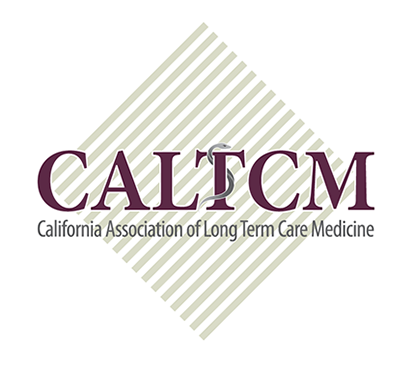Are You Prepared to Assist Patients Desiring PureWick External Catheters?
I recently admitted a woman who was status post extensive cervical spine decompression and fusion for severe spinal stenosis. In the hospital, her urinary urgency incontinence was managed with a PureWick external urinary catheter which worked well and avoided painful transfers while she was weak, immobile, and slowly regaining muscle strength and function. She assumed we would provide the PureWick system on transfer to our facility, but we do not have wall suction in our rooms and the system is not inexpensive. The starter kit on the BD website that includes the collecting system with lithium Pump and #30 external catheters cost $608 (10% discount available). The external catheter component is available on the BD site for $209/ #30 flex external female catheters. Each catheter can be used for 8-12 hours but needs to be changed if there is blood or stool contamination.

